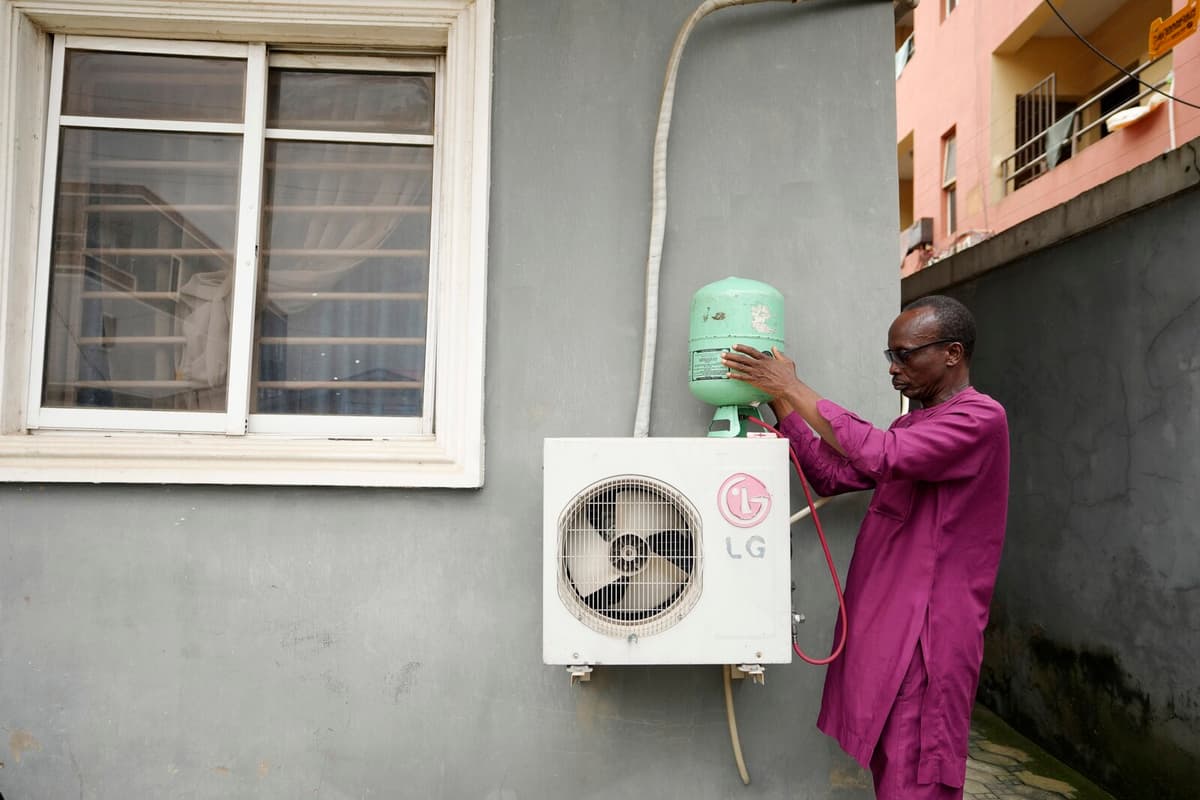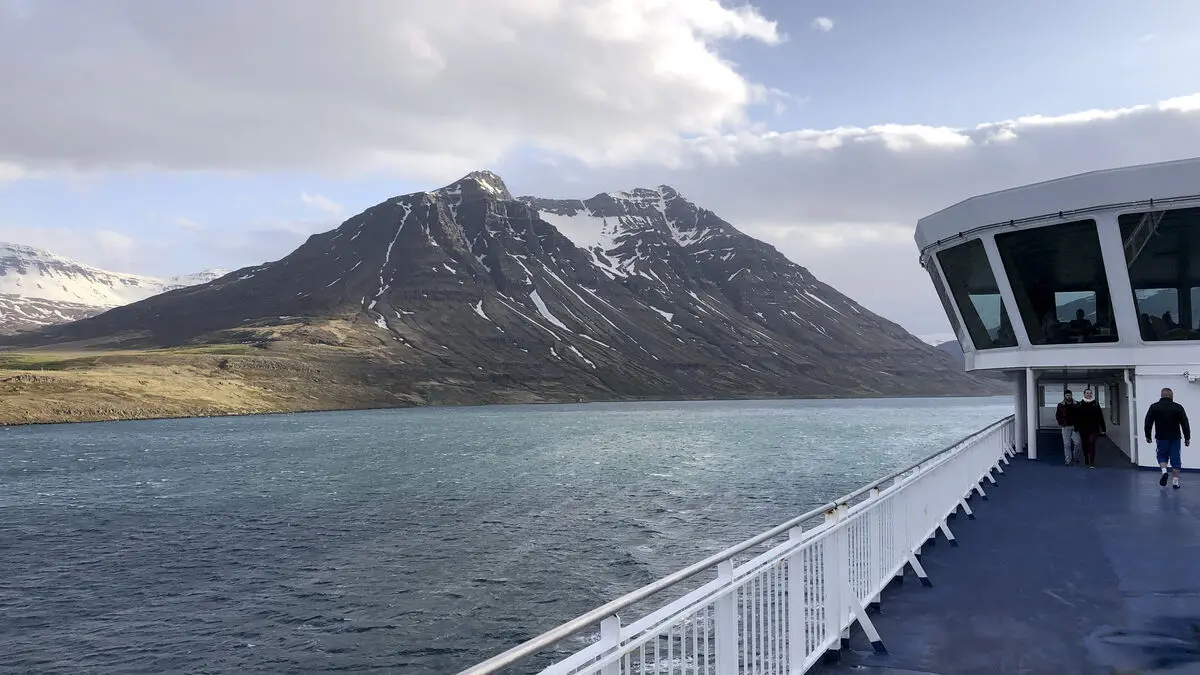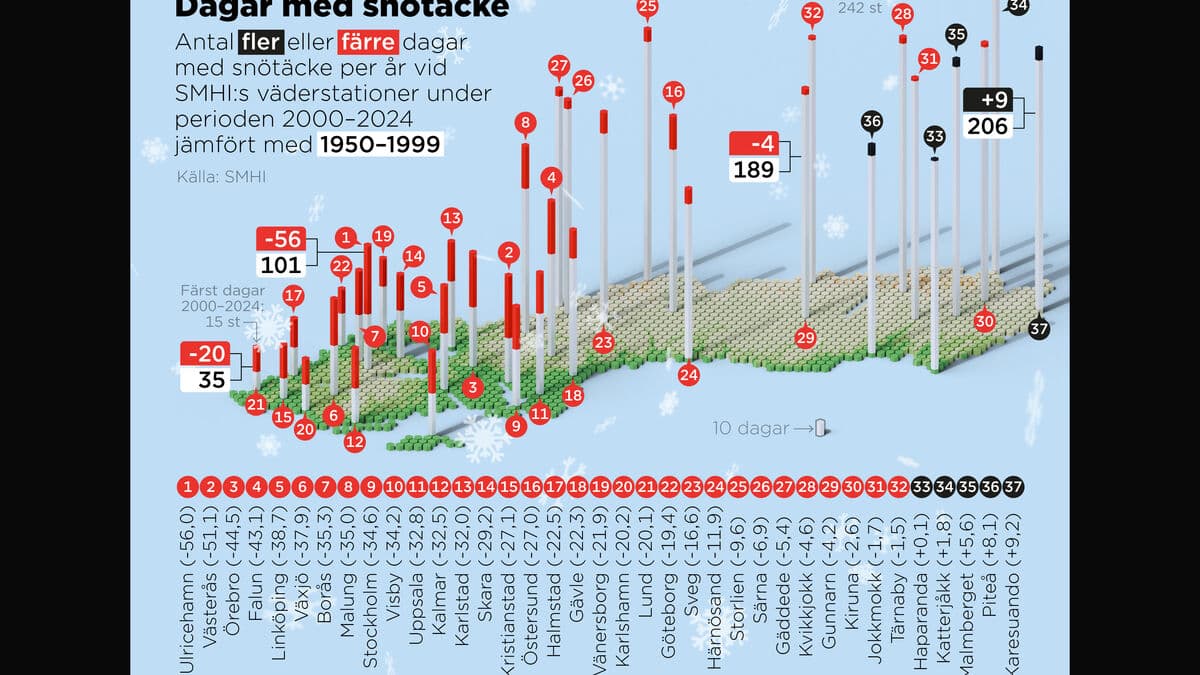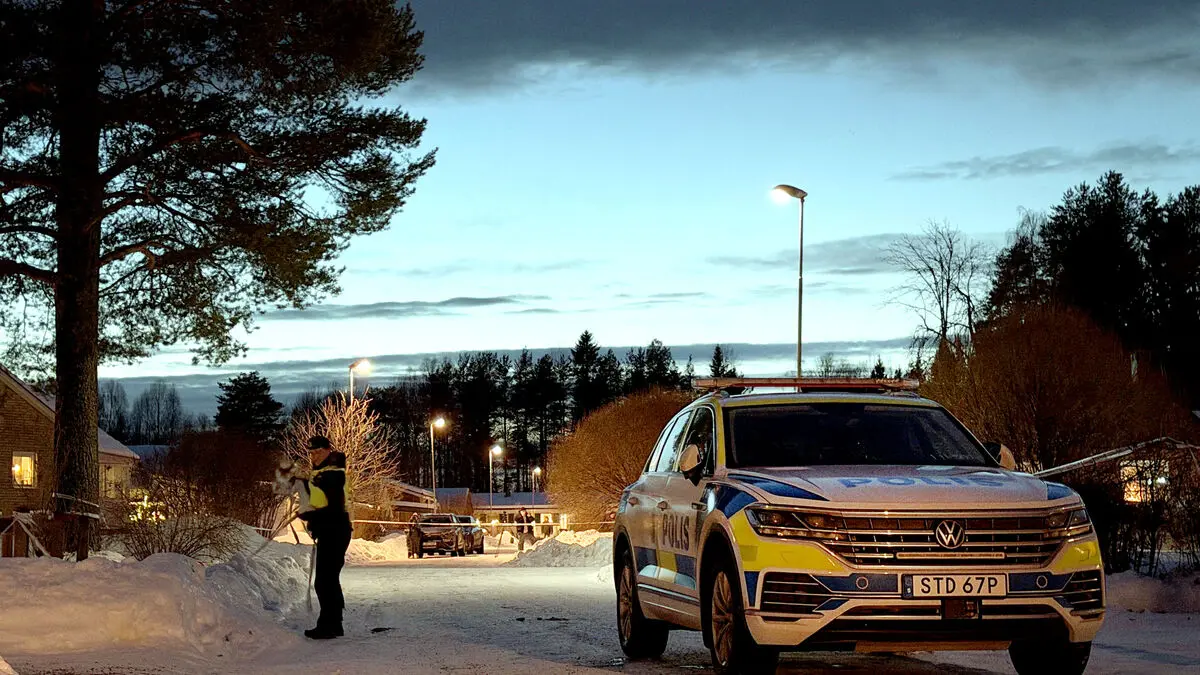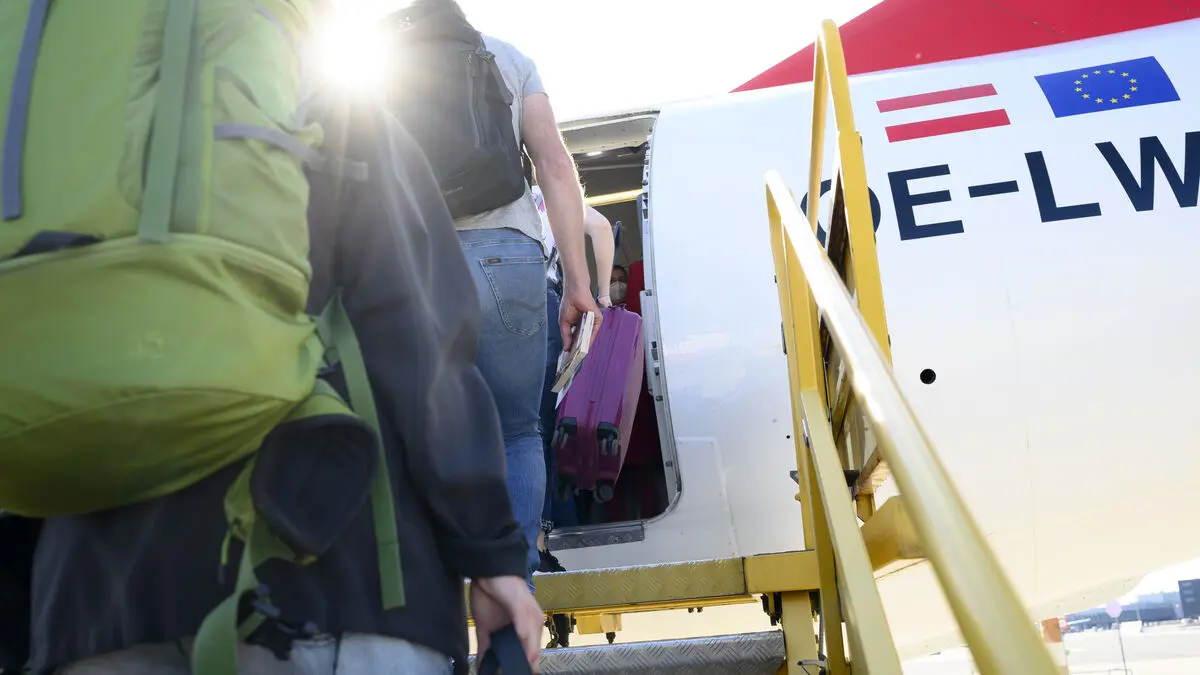When the thermometer approaches 50 degrees, no one who doesn't have to goes out in the desert city of Dubai. "We live our lives indoors, at home and in malls. Everything is air-conditioned," said an Emirati housewife, who usually flies to Thailand to cool off, to TT last year.
More extreme and frequent heatwaves due to climate change are increasing the need for cooling in the world.
Around 3.5 billion people are estimated to live in climates defined as "warm", the majority in developing countries where access to cooling is limited. This applies to both air conditioning and more low-tech solutions such as insulation of buildings.
Dangerous Heat
Heat is dangerous, especially for vulnerable groups such as the elderly, children, and the sick – while the lack of access to cooling makes it difficult to store sensitive and life-saving vaccines and to keep food from spoiling.
The need for cooling solutions in developing countries is acute, emphasizes the UN Environment Programme UNEP in a new report together with the International Finance Corporation IFC. But cooling equipment requires energy – which means that the growing demand risks increasing emissions of climate-damaging greenhouse gases.
The market for cooling solutions in developing economies is expected to grow from around $300 billion to at least $600 billion per year by 2050, according to the report. The fastest growth is expected in Africa and South Asia.
Developing economies account for two-thirds of the emissions related to cooling in the world. But those emissions can be reduced by almost half by 2050 – if the solutions are just sustainable, according to the report. This refers to technologies that are available, affordable, and scalable and that have minimal impact on humans and the environment.
Trees and Cool Surfaces
This can involve passive strategies to increase thermal comfort indoors, for example through insulation or choice of materials that reflect sunlight, or outdoors through nature-based solutions such as trees and cool surfaces.
For active cooling, the equipment should be energy-efficient and free from HFC refrigerants that contribute to global warming.
We must avoid creating a vicious circle by meeting the demand for cooling through solutions that further warm the planet, says UNEP chief Inger Andersen in a comment.
